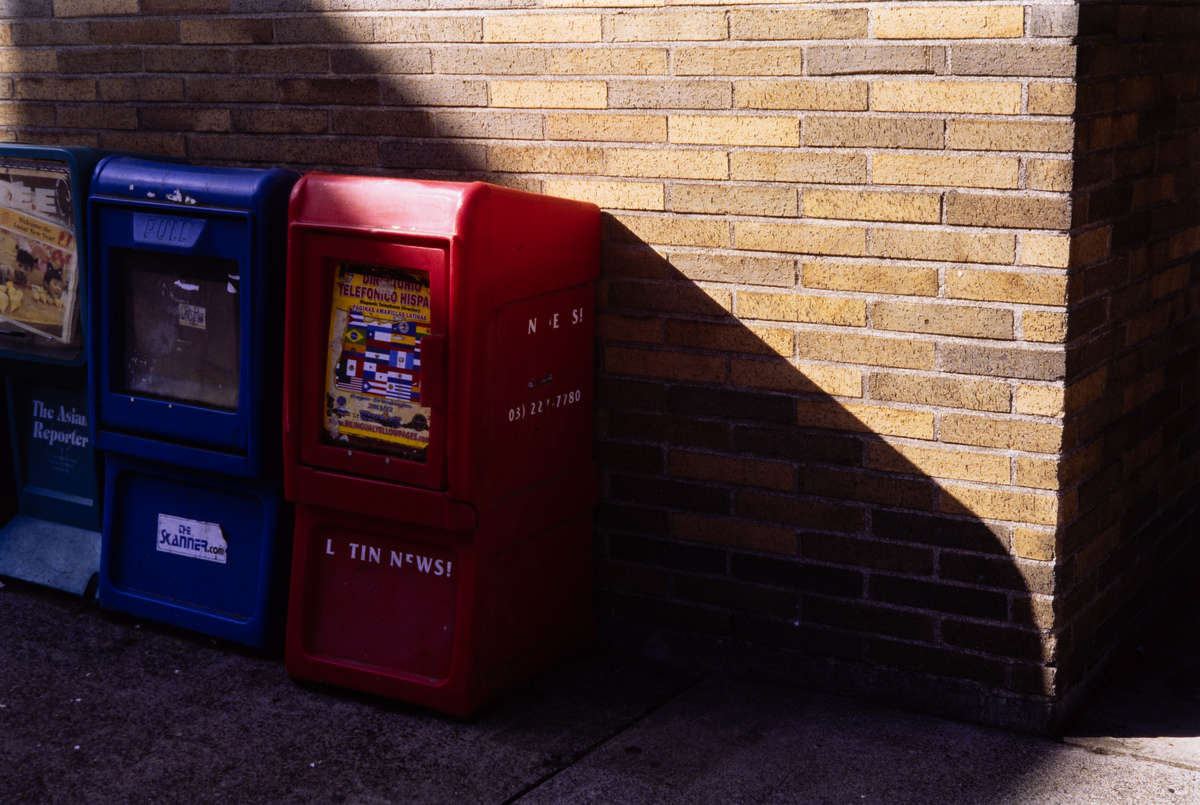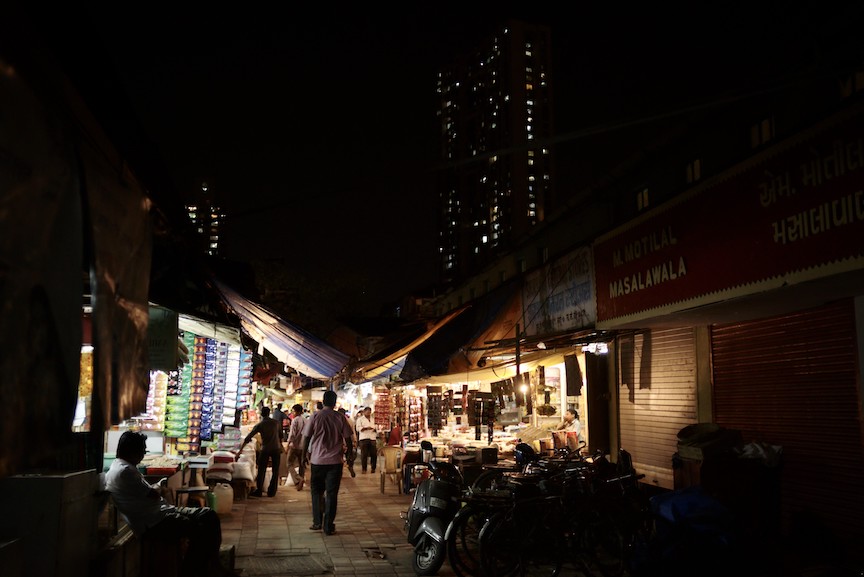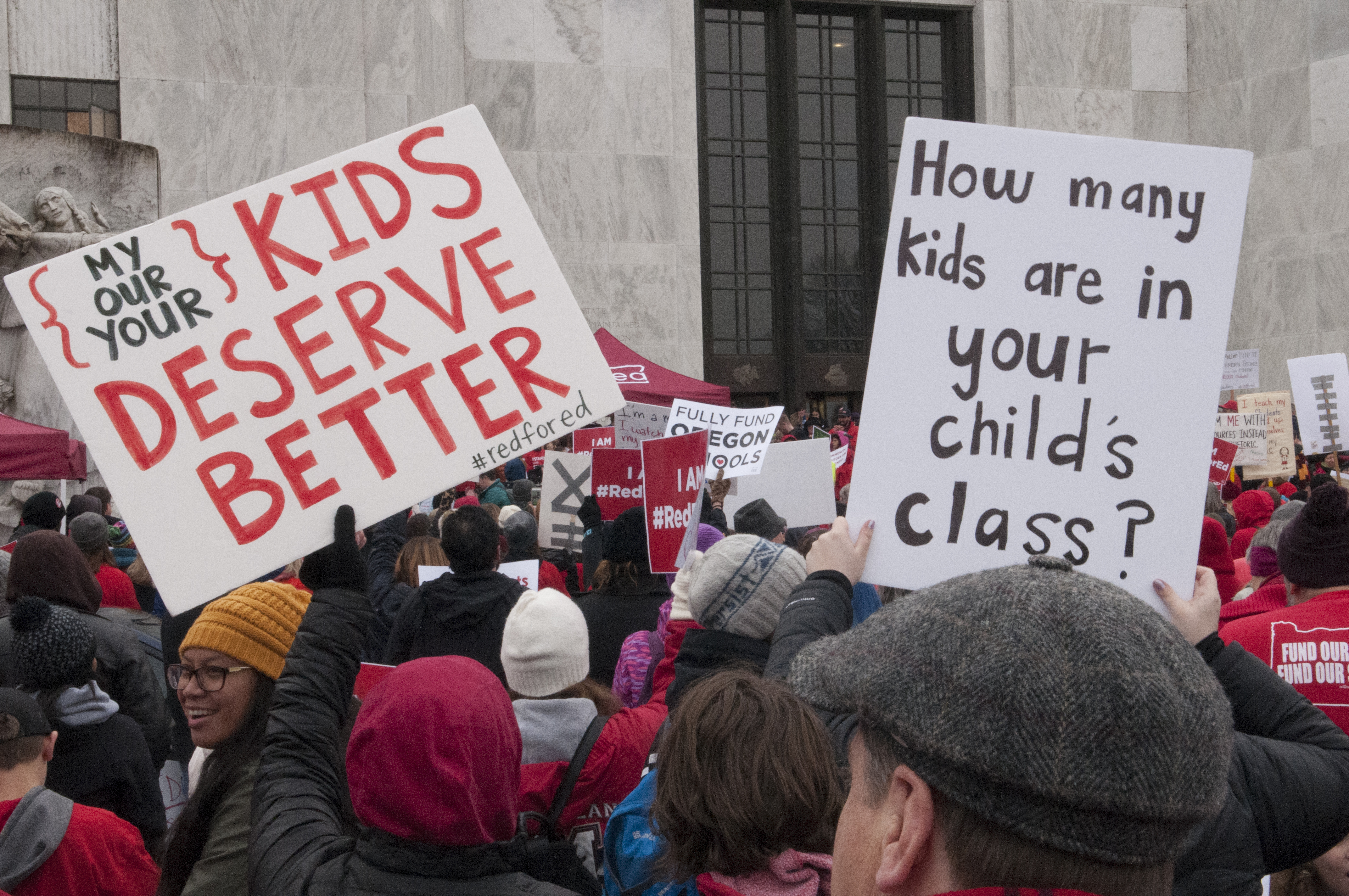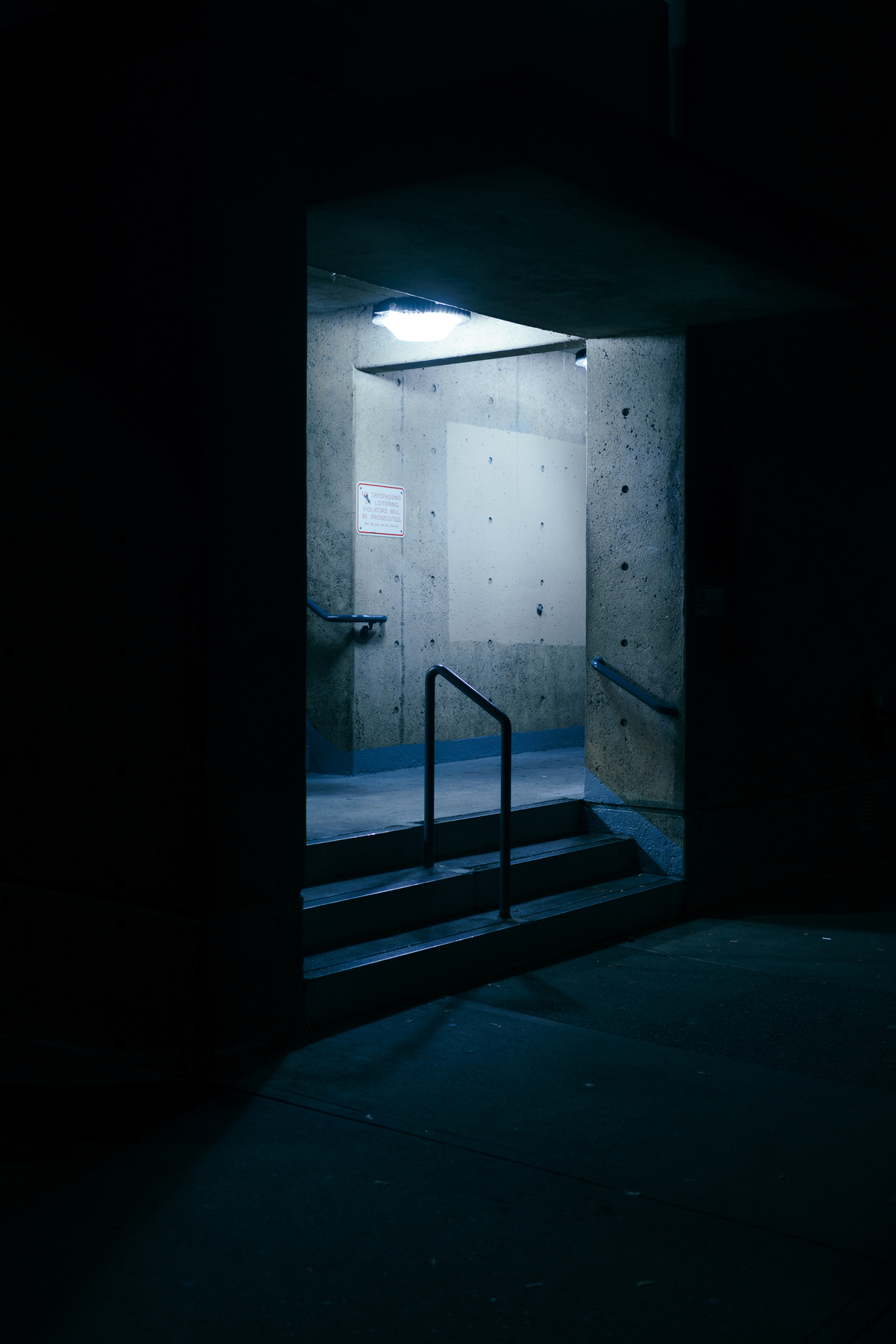Despite closed campuses and social distancing throughout the state, Oregon student journalists are committed to bringing news to their communities.
The Washington Post confirmed student journalists across the country have not stopped working since the pandemic outbreak: “they’ve diligently chronicled the impact of the virus on their communities—even as they found themselves losing advertisers, unable to access their newsrooms and unsure when, or even if, they’d be able to return to school.” The article goes on to state, “in some cases, student-run outlets were among the first to report infections connected to their universities.”
Oregon’s own student journalists are running their newspapers from all over the country. Editor in chief Sophie Smith, from Willamette University, is directing The Collegian from a small town in Ohio. Copy editor Clarissa Lam is contributing to the Reed College Quest from Oakland, California while Portland State Vanguard news editor Hanna Anderson is working from her dorm room on PSU’s campus. Autumn Micketti is living with her parents in Ashland, Oregon while she co-edits The Siskiyou. The Linfield Review—the student newspaper of Linfield College in McMinnville, Oregon—has staff working from Alaska, Washington, Idaho and across Oregon.
Amid the COVID-19 pandemic, student journalists return to their beats for spring term, many out of an ethical obligation to their communities.
“I hadn’t considered not coming back,” said Autumn Micketti, co-editor of The Siskiyou at Southern Oregon University. “In fact, with COVID-19 happening, I feel more of an obligation than I did before to come back this term. I think right now [campus communities] are going to need students to produce news more than ever.”
“We made the decision five nights before we laid out our [March] issue to go in a completely new direction and do a completely coronavirus-related issue,” said Jo Tabacek, photography editor from Lewis and Clark’s The Pioneer Log. “It was a pretty big turnaround. We told people [on staff] ‘if you’re not up for this, we totally get it.’ Pretty much everyone was like ‘yeah, we want to be here for this. This is what journalism is.’ This is a historic moment. That issue is going to be a historic Lewis and Clark issue. There was a lot of passion about capturing that throughout our entire team.”
On a Facebook page created by the University of Portland’s student newspaper The Beacon, the heading reads: “The Beacon is here for you, Pilots!”
“We’ve never considered stopping working this term because of COVID-19,” said Alex Jensen, editor in chief at The Linfield Review. “It’s one of the biggest news stories in the world and in Linfield history. It’s really important that we keep reporting and being a link to the campus when everybody is so spread out.”
Quest, Vanguard, The Beacon, The Collegian, The Siskiyou, The Pioneer Log, Oregon State University’s The Daily Barometer and The Linfield Review have all ceased print copy entirely and moved their newspapers online. According to The Oregonian, news site traffic for Oregon newspapers has doubled or tripled since the outbreak of COVID-19. While Oregon student newspapers were already using their online platforms as a supplement or for breaking news, the conversion to an online-only platform presented challenges.
Hanna Merzbach, editor in chief of The Pioneer Log, spoke about the sudden transitions. “We typically don’t have breaking news at Lewis and Clark that needs to be published ASAP. That changed with COVID-19. We saw a need to get content up immediately, and the truth is we did not have the operations or task force to do that. We mobilized the best we could at the moment, but it really showed us we need to be adapting our operations more to the online model.”
The Linfield Review has been permanently online since fall 2019. The Siskiyou has been exclusively online since 2011. According to Micketti, “so much of journalism is going online anyway. A lot of interviews are held remotely, so that part might not be too much of a change for us.”
Among student journalists’ concerns was their ability to stay on top of changes in their communities. Getting updates within the campus community without events has been rated among the greatest challenges expressed by student editors.
Claire Desmarais, editor in chief of The Beacon, stated, “a large part of our reporting and how we obtain information comes from having established relationships with club leaders, faculty/staff, students and the administration. We use social media and word-of-mouth to find pieces of information, and then go on to confirm that information with sources on the record.”
Beat management is a way to stay informed about what’s happening in student government, university politics or niche specific university communities. It’s establishing a connection for information through a network of sources that writers and editors speak with regularly. These connections are often people in student government and university offices. among other connections within the community.
“During social distancing, [beat management] must become literally picking up the phone and talking to the people reporters usually rely upon for information. If they practice good beat management, they are in a good position to be close to breaking changes in their campus communities,” said Geoff Pursinger, editor for Pamplin Media.
Student journalists are looking for ways to manage their beats. Nick Townsend, arts and culture editor for Vanguard, stated “without events to cover, we lost our foothold in the [arts and culture] campus community. Culture is the collective spirit of community, and that’s still out there, it’s just harder to track down now. That’s this term’s mission.”
The Beacon created the Facebook group “Pilots Navigating the New Normal” for current University of Portland students. The description of the page states: “The Beacon has created this group as a place to seek out questions or concerns that students have going forward.”
“We wanted to provide a space for all students to interact with each other and share their experiences as they navigate a new normal,” Desmarais said. “Through having this sense of community, we can support each other.”
The Barometer’s Facebook page, called The Baro, allows students to both garner and contribute news. Sourcing from their social media pages, The Barometer is adding to its 19-part series about “diving into the unique perspectives of the Corvallis community as they face COVID-19 and all its social and economic effects,” according to part seven of the series. The Barometer is also running a unity log where readers can submit stories and positive experiences amid the pandemic. “We’re really looking to stay connected with the community,” said Jaycee Kalama, The Barometer’s news editor.
“We need, I think, really strong social media presences,” Smith said about The Collegian. “Moving forward, I think we’ll be less dependent on paper copy and more on social media.”
The Siskiyou has its own media specialist, but the other university newspapers claimed no social media administration, much less a social media manager designated to draw readership from platforms such as Facebook, Twitter and Instagram. Most university newspaper social media sites have little, if any, interaction.
“We have mailing lists and newsletters, which we haven’t used much lately, so it might be time to implement [those],” Micketti said about The Siskiyou.
The Quest put out print copies of its paper every Friday, but just before spring break, everything went online. Now, the Quest reaches readers by advertising its website in an email to Reed College’s student president, who sends it to the entire student body multiple times a week.
The visual elements of student publications are equally challenging during this time of social distancing. Photographers are using old photographs and graphic departments are picking up the slack.
“As far as news photography goes, [it has] become a bit more challenging—our usual coverage has shifted dramatically,” stated Alex Wittwer, photography editor at Vanguard. “There’s no events to attend, nor is there a place on the front line in protests with camera in hand.”
“Alex is our sole active photographer right now,” Townsend stated. “He’s using a combination of photos he already took, photos off the internet and new photography conducted within the framework of social distancing.”
The Siskiyou doesn’t have a designated photographer. “Generally our writers were taking pictures,” Micketti said. “Now, we’d consider using the screenshots of Zoom calls or ask interviewees if they have a photo to share. I don’t know. Maybe that’s where we are now: taking pictures of our computer screens. We have a relationship with a professor who teaches a photography class [at Southern Oregon University] and generally his students were at the events we were covering, so we had used those photos in the past. Now that we’re social distancing, we are probably going to be more reliant on that relationship.”
Tabacek found herself working differently than before social distancing. “Our last issue was completely a coronavirus issue,” Tabacek said about taking photographs for The Pioneer Log. “I took between 250–300 photos and edited about 50 of them. I photographed things on campus that could relate to coronavirus stories. Now I’m finding out about what’s being written by using Trello. Then it’s a matter of trying to find an image which would complement that. I’m hoping to continue to do that. If I see something that is worthy of noting I’ll photograph it, like the Xs taped on the floor six feet apart in the mailroom. It’s really a different way of working than we’re used to. The whole process does feel a little disconnected to me.”
The Collegian had a small group of photographers initially. “I think we only have one photographer who is on campus now,” Smith said. “We have a few graphic designers on staff, and we’re thinking of ways to utilize their skills in the coming months. Art can be done remotely and safely, so that’s a good consideration.”
“We are living through a historic time right now, and I believe that as student journalists, we have a job to provide students and community members with information,” Desmarais said.
“People are unfailingly dedicated to bringing news to the campus,” Lam said about the Quest. “I don’t foresee any change in those ideals moving forward.”
The Pioneer log dedicated an entire issue to COVID-19 concerns before the end of March. Student journalists wrote about 13 Lewis and Clark students trapped in Morocco and two students and a professor stranded in Ecuador because of the COVID-19 pandemic. The Beacon has an entire section dedicated to the pandemic, featuring an article about a student’s grandmother who died from COVID-19. Housing adaptations and climate activism during COVID-19 issues feature prominently on The Collegian’s website.
“I feel a responsibility, within myself, to really capture these moments,” Tabacek said. “It’s a way to pass it on and let generations to come know what was happening here during this time.”





